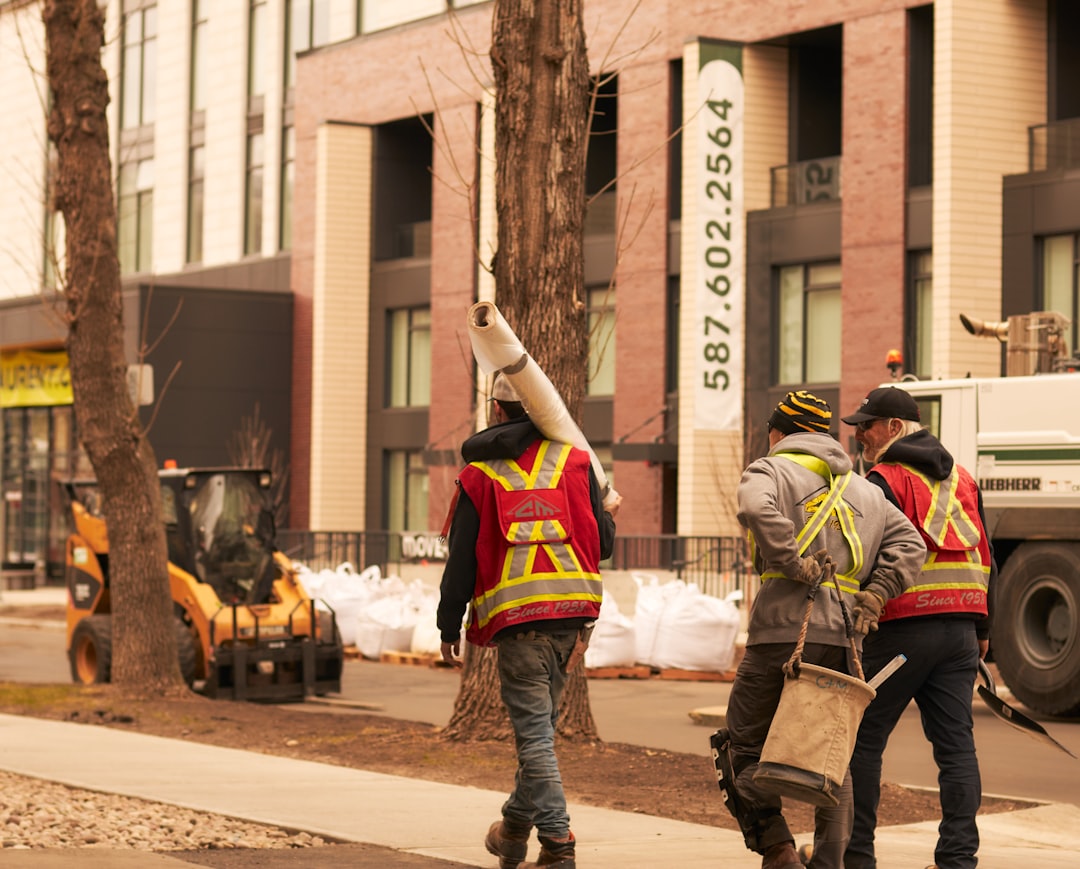
Every residential project starts from the ground up—literally. When you think “foundation,” you picture concrete footings and engineered slabs, yet the living elements on site can be just as critical. “Tree anchorage” refers to the way existing or newly planted trees stabilize themselves in soil and interact with nearby structures. In residential construction this matters for three big reasons: property safety, code compliance, and long-term curb appeal.
Traditional estimating platforms focus on boards, nails, and labor hours. CountBricks goes further. Our AI-powered voice workflow captures notes about root zones, canopy spread, and soil density while you walk the site. The data feeds directly into your estimate, allowing you to:
• Budget accurately for root-friendly excavation methods
• Plan real-time material substitutions if a tree’s anchorage reduces available footprint
• Generate homeowner-ready tree protection addenda automatically
1. Roots establish a “root plate” radius about two to three times the trunk diameter.
2. Lateral roots provide horizontal resistance, much like rebar in concrete.
3. Vertical tap roots—if present—deliver overturning resistance against wind uplift.
4. Soil moisture and compaction directly affect anchorage strength.
5. Construction activities that cut or compact roots weaken the entire system.
• Differential settlement of slabs or walkways when root systems rot after damage
• Costly legal claims if a storm topples a compromised tree onto a neighbor’s roof
• Drainage failures because severed roots create underground voids
CountBricks blueprint uploads don’t just trace walls—they detect proximity between proposed footings and existing vegetation. When our engine flags a conflict, you receive:
• A suggested offset distance based on regional arborist guidelines
• A cost line item for root-safe trenching methods or air-spade excavation
• A time impact estimate so you can update the project schedule before breaking ground
1. Say, “CountBricks, note mature oak north corner, eighteen-inch diameter, sandy loam.”
2. The platform tags a “Moderate Anchorage” rating using local soil profiles.
3. Your draft estimate now includes $1,250 for root barrier installation and a two-day arborist allowance.
Residential builds often require re-planting for permitting or aesthetic reasons. Our materials library lists nursery stock with anchorage ratings so you can pick species that match site soil and wind exposure. Download the tree schedule from CountBricks.com/services and you’ll see:
• Minimum root-ball diameter
• Recommended staking duration
• Expected time to self-support (anchorage maturity)
• Soil amendments: Clay soils may demand $200-$300 per tree in expanded planting mix.
• Structural soils or Silva Cells beneath pavements to preserve anchorage.
• Temporary guying systems—estimate roughly $150 per tree for robust staking kits.
CountBricks checklists help crews avoid accidental damage:
• “No-dig” zones plotted on site plans
• Trenchless utility routes identified in precon
• Mulch berms to prevent equipment compaction
Our mobile app pushes daily reminders, ensuring everyone—from excavator operators to landscape subcontractors—knows the anchorage boundaries.
Many municipalities now mandate tree protection bonds. CountBricks auto-populates bond values based on trunk caliper and species risk. That means fewer back-and-forth emails with inspectors and faster permit issuance.
A well-anchored mature tree can boost property value by up to 15 %. Compare that to the cost of removal, stump grinding, and later re-planting. When bids include proper anchorage line items, homeowners see your professionalism—and often approve higher-margin alternates such as permeable pavers that further safeguard roots.
A CountBricks client in Anchorage preserved two 40-year-old spruce trees ten feet from a proposed garage slab. By using air-spade excavation, flexible pier footings, and a $900 root barrier, they avoided a $7,000 removal fee, kept the project on schedule, and won a local green-build award. Full breakdown available at CountBricks.com/portfolio.
1. Book a voice demo at CountBricks.com/consultation.
2. Upload your preliminary site plan and let the AI highlight tree conflicts.
3. Approve suggested tasks and costs, then export a homeowner-ready quote in minutes.
• Confirm watering plans in your contract; drought stress undermines anchorage.
• Include a “root-safe” clause in subcontractor agreements for accountability.
• Schedule a post-construction arborist inspection and roll the fee into final cleanup.
Tree anchorage isn’t a fringe concern—it’s a structural consideration that influences budgets, schedules, and safety. CountBricks integrates anchorage intelligence into every residential estimate so you win bids, protect assets, and deliver homes that thrive for decades.

Most contractors stop at orange fencing around drip lines. CountBricks clients go further, using data-backed techniques that keep projects on schedule while protecting root systems.
CountBricks AI merges NOAA wind data with your site plan to model overturn forces on existing and newly planted trees. You receive a color-coded map and a staking schedule before the first shovel hits the ground.
• Swapping traditional footings for helical piles where roots dominate saves excavation time and reduces anchorage disturbance.
• Flexible permeable paver bases allow surface drainage while letting roots expand—an upgrade many homeowners happily accept once they see the side-by-side cost comparison in their CountBricks quote.
Residential clients increasingly request proof that their investment stays safe after move-in. CountBricks offers a monitoring add-on: a six-month root health scan using ground-penetrating radar and soil moisture sensors. The additional service averages $450 and often leads to repeat landscaping work.
An accessory dwelling unit threatened the anchorage of a heritage maple only eight feet away. The CountBricks blueprint takeoff flagged the risk, and our estimator added a micro-pile foundation plus an engineered root bridge walkway. Result: zero root cuts, a 12 % upsell in project value, and a delighted homeowner who showcased the build on social media—generating three new leads for the contractor.
Visit CountBricks.com/services to explore our tree protection modules, or schedule a live demo at CountBricks.com/consultation. Empower your next residential project with AI that thinks below the surface.